Editors’ Picks




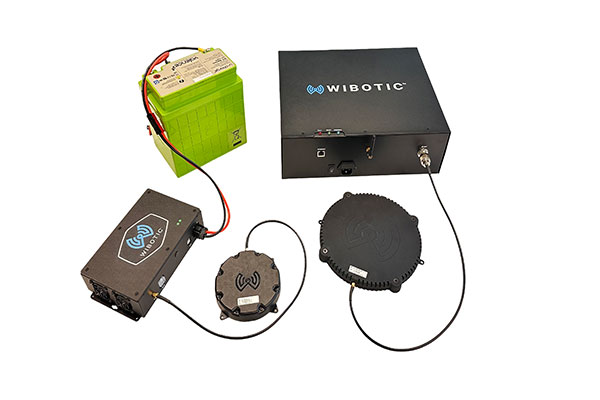
Found in Robotics News & Content, with a score of 12.13
…on the lunar surface under contract with Astrobotic and NASA. “WiBotic’s new wireless 1kW charging platform enhances operations,” said Peter King, vice president of Cypher Robotics, Inc. “We’ve successfully deployed WiBotic chargers for customers in a range of applications and in some difficult environmental conditions - but historically only in applications where overnight charging was possible. With the new 1kW system, robots will charge at three times the previous speed, opening up a whole new set of applications where fast and ultra-reliable charging is needed.” The benefits of 1kW wireless charging are further enhanced when used in conjunction with the…
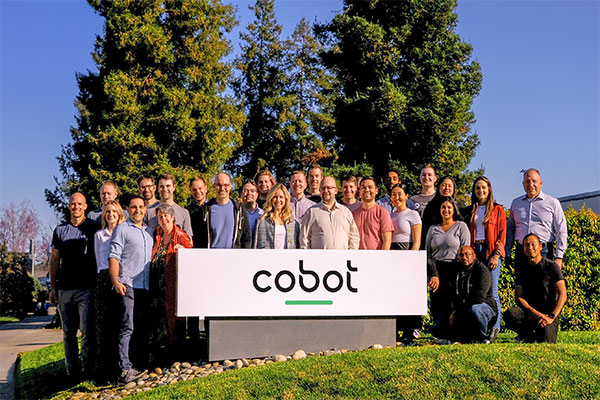
Found in Robotics News & Content, with a score of 12.20
…and AI experts from Amazon, Apple, Meta, Google, Microsoft, NASA, and Waymo. Cobot said the new capital will be used to further expand its team and advance its commercial deployments. Paul Kwan, managing director at General Catalyst, has joined Alfred Lin from Sequoia Capital on Cobot’s board of directors. “We believe the Cobot team is world-class at building the necessary hardware, software, and institutional trust to achieve their vision,” said Kwan. “Their focus on user partnership and thoughtful design is deeply aligned with General Catalyst's stance on responsible innovation.” “Brad and his team bring a unique combination of hardware, software…
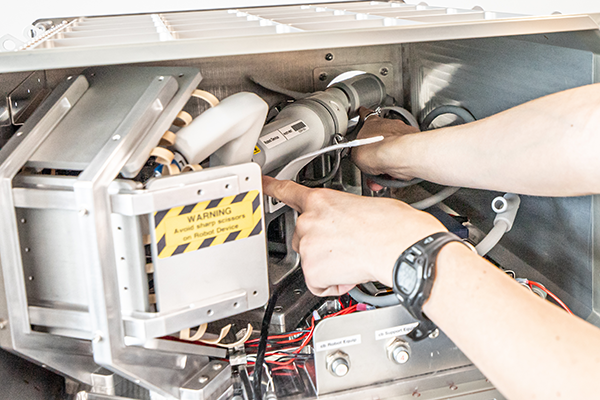
Found in Robotics News & Content, with a score of 11.07
…demonstration mission is driven by a grant awarded from NASA to the University of Nebraska through the Established Program to Competitive Research (EPSCoR) program. Remote-controlled surgical devices on Earth Testing with spaceMIRA on the ISS will assess the impact of zero gravity when performing simulated surgical tasks. During a portion of the experiment, a surgeon operator at Virtual Incision’s headquarters in Lincoln, NE will utilize remote-controlled technology to direct the movements of the robot. Learnings about remote surgery could potentially impact healthcare in space and across the globe. In the U.S. alone, one-third of counties do not currently have access…
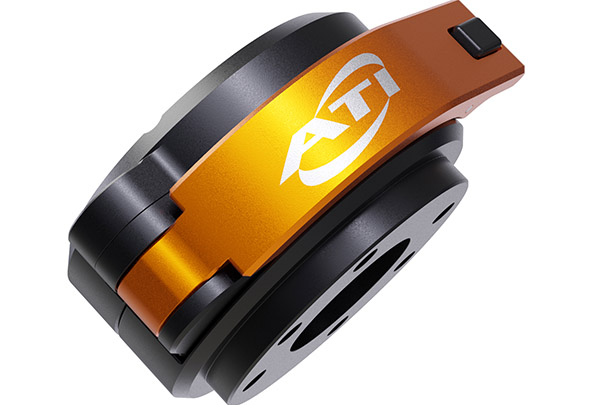
Found in Robotics News & Content, with a score of 11.88
…August, the company said its force/torque sensors are compatible with FANUC's robots and Force Control Software. Organizations including including NASA, Ford, Honda, and Johns Hopkins University use ATI products, said the unit of Novanta Inc. Want to learn more about cobot arms? This article was featured in the April 2024 Robotics 24/7 Special Focus Issue titled “Collaborating with robot arms, platforms.”
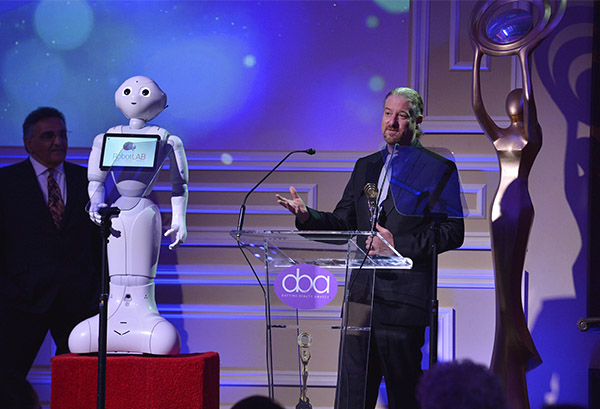
Found in Robotics News & Content, with a score of 9.88
…Innovation category with 2018 Innovation Award honoree and former NASA scientist Tamim Hamid, the founder of Theradome. “Robots have always fascinated me,” said Elyzabeth. “Thanks to Elad of RobotLAB and his team, I have had the pleasure to meet Pepper at the Daytime Beauty Awards.” “Robots such as Pepper have been helping children in schools and dementia patients in hospitals, bringing them joy, even if it is just for a moment,” she added. “Robots are the future.” The NAO humanoid is mainly used in education. Source: RobotLAB RobotLAB franchise grows Earlier this month, RobotLAB renewed its partnership with United Robotics…
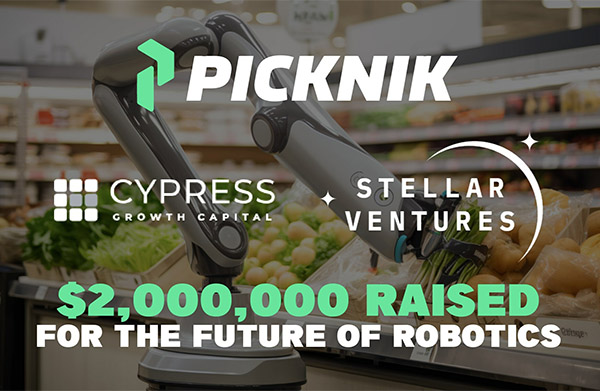
Found in Robotics News & Content, with a score of 17.40
…companies including Google, Amazon, Johnson & Johnson, Samsung, Hyundai, NASA, Sierra Space, and Blue Origin. It also works with partners including Formant, “There are few others in the industry of robotics with the capability of PickNik, especially capabilities as expansive as their abilities with dexterous manipulator control,” stated a robotics engineer at NASA Johnson Space Center. Investors see potential in solving complex problems Stellar Ventures and Cypress Growth Capital led PickNik Robotics' pre-seed round. The investment joins the company's existing $5 million in non-dilutive Small Business Innovation Research (SBIR) funding contracts with NASA's Johnson Space Center and Ames Research Center,…
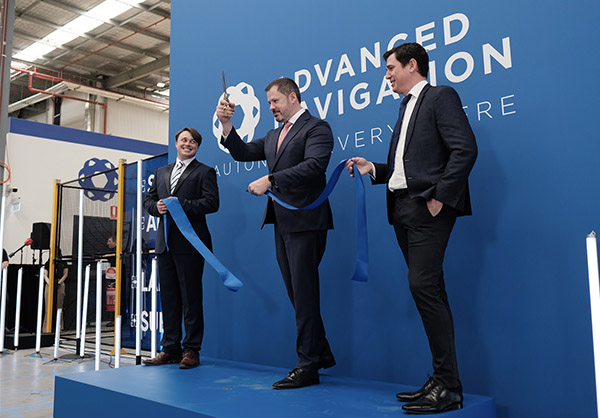
Found in Robotics News & Content, with a score of 7.74
…systems company Intuitive Machines’ Nova-C lander as part of NASA’s ongoing Commercial Lunar Payload Services (CLPS) program. Cloud Ground Control—CGC is a cloud-based system that allows pilots and mission planners to remotely command and control a swarm of uncrewed vehicles across air, land, and sea through a Web browser. By enabling real-time video feed, and telemetry, and easy access and management of captured data, Cloud Ground Control provides full remote visibility and situational awareness in search-and-rescue, emergency response, and disaster relief operations, said Advanced Navigation. Guiding visually impaired passengers—As part of the New South Wales (NSW) Small Business Innovation and…
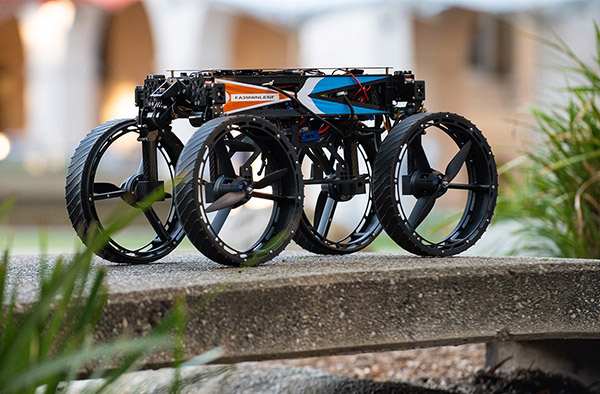
Found in Robotics News & Content, with a score of 33.02
…or M4, which now could be part of future NASA Mars Rover missions. The M4 Morphobot is powered by the NVIDIA Jetson platform for artificial intelligence at the edge and robotics. The institute called the robot the M4 because it can fly, drive, walk, and do eight permutations of motion through a combination of its skills. “It grew in the number of functions that we wanted to do,” said Gharib, a professor of aeronautics and bioinspired engineering at Caltech, in a blog post. “When we proposed it to our design team, at first, they all said, ‘No.’” NASA JPL continues…
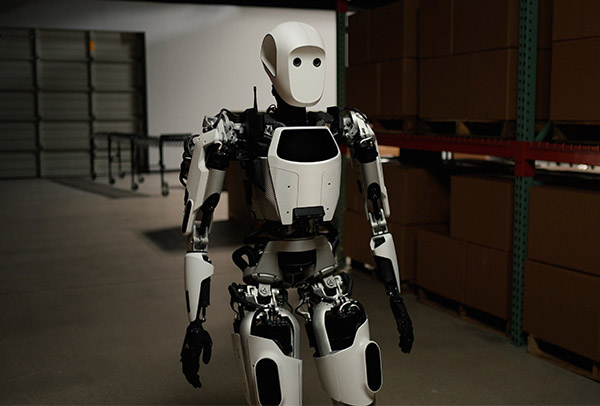
Found in Robotics News & Content, with a score of 10.48
…research with 10 previous “general-purpose” robots, including work on NASA Valkyrie. “Since the early days of Apptronik, we've been looking for performance,” recalled Cardenas. “We wanted electric actuators to do what hydraulics could do, and we wanted robustness and low cost.” Cardenas said his team learned about safety from its development of exoskeletons, about improving payload while maintaining affordability from work on robot arms, dynamic walking from bipedal models, and fine manipulation from upper-body systems. As a result, Apollo has a modular design, allowing users to decide whether it is best suited for a particular application as a full humanoid,…
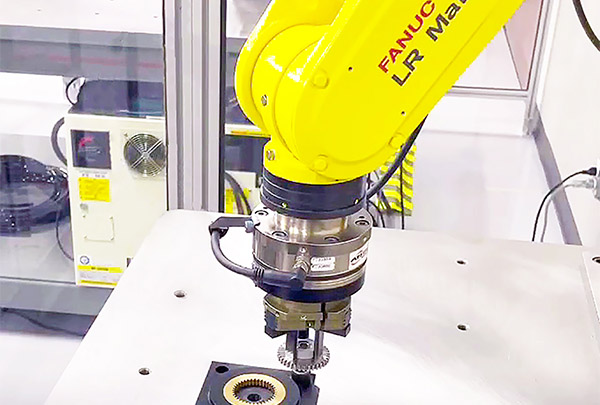
Found in Robotics News & Content, with a score of 10.89
…robot to perform many different tasks. Leading organizations including NASA, Ford, Honda, and Johns Hopkins University use the company's products. ATI F/T Sensors enable precise tasks ATI Industrial Automation said the integration of its Multi-Axis Force/Torque Sensors with FANUC's hardware and software will enable users to achieve greater levels of accuracy, flexibility, and responsiveness. Integrators and manufacturers will be able to take advantage of the enhanced sensing capabilities, it said. ATI and FANUC have integrated F/T sensors and robot arms. Source: ATI Industrial Automation ATI said its F/T Sensors can “provide accurate measurements of forces and torques in multiple axes,…
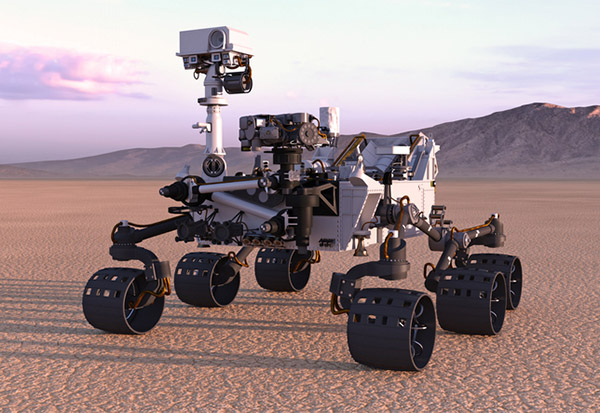
Found in Robotics News & Content, with a score of 12.94
…billion in 2021 dollars. However, if we look at NASA's Perseverance Rover, which took flight in July 2020, it had a total expenditure of around $2.5 billion to $2.7 billion. What we should also notice here is that the Apollo program was to explore the moon. Hence, the distance in case of the Apollo mission was 384,400 km (238,800 mi.), while in case of the Perseverance rover, Mars is a minimum of 54.6 million km (33.9 million miles) away. If we compare the given metrics, the cost per kilometer for Apollo was close to $400,000, while for the Perseverance rover,…
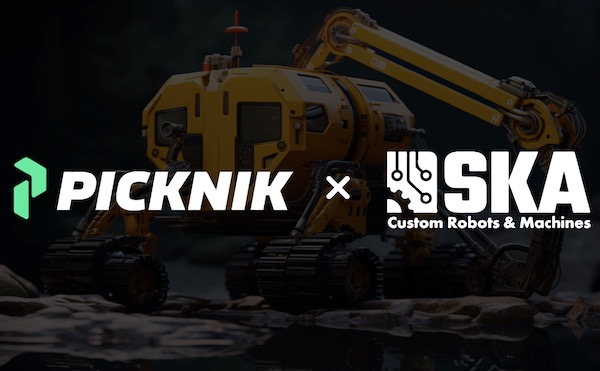
Found in Robotics News & Content, with a score of 13.76
…companies address the technical, cost, and time challenges associated with the development of advanced robotic applications. Many organizations, including NASA, Google, Amazon, and Samsung, have partnered with PickNik, said the company. Boulder, Colo.-based PickNik also supports and collaborates with the worldwide open-source robotics movement and is the lead developer of MoveIt and MoveIt Studio.



